Tools Required
| • | J 35555 Mity Vac |
| • | J 43485 Power Steering Bleeder Adapter |
| Important: Use clean, new power steering fluid type only. |
| • | See the Maintenance and Lubrication subsection for fluid specifications. |
| • |
Notice: If the power steering system has been serviced, an accurate fluid level reading cannot be obtained unless air is bled from the steering system. The air in the fluid may cause pump cavitation noise and may cause pump damage over a period of time. Notice: When adding fluid or making a complete fluid change, always use the proper power steering fluid. Failure to use the proper fluid will cause hose and seal damage and fluid leaks. Important: Hoses touching the frame, body, or engine may cause system noise. 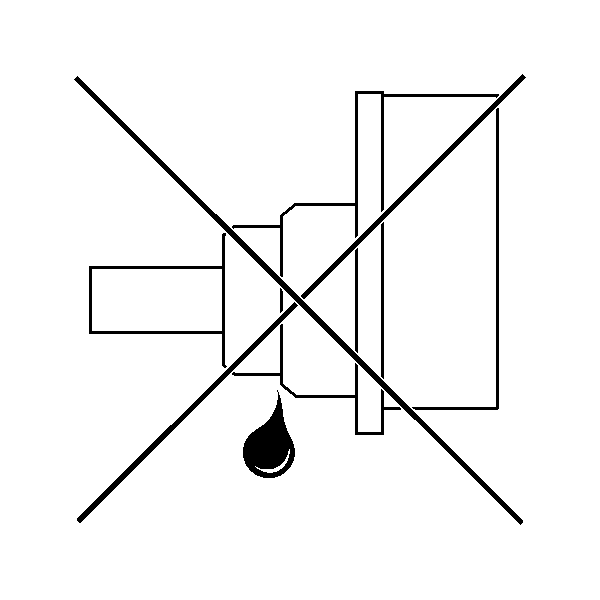
Important: Loose connections may not leak, but could allow air into the steering system. |
- Remove the pump reservoir cap.
- Fill the pump reservoir with fluid to the "FULL COLD" level.
- Attach J 43485 to J 35555 or equivalent.
- Place J 43485 on or in the pump reservoir filler neck.
- Apply a vacuum of 68 kPa (20 in Hg) maximum.
- Wait 5 minutes.
- Remove the J 43485 and the J 35555 .
- Reinstall the pump reservoir cap.
- Start the engine. Allow the engine to idle.
- Turn off the engine.
- Verify the fluid level. Repeat steps 9 through 11 until fluid stabilizes.
- Start the engine. Allow the engine to idle.
- Turn the steering wheel 180-360 degrees in both directions 5 times.
- Switch the ignition off.
- Verify the fluid level.
- Remove the pump reservoir cap.
- Attach J 43485 to J 35555 or equivalent.
- Place J 43485 on or in the pump reservoir filler neck.
- Apply a vacuum of 68 kPa (20 in Hg) maximum.
- Wait 5 minutes.
- Remove the J 43485 and the J 35555 .
- Verify the fluid level.
- Reinstall the pump reservoir cap.
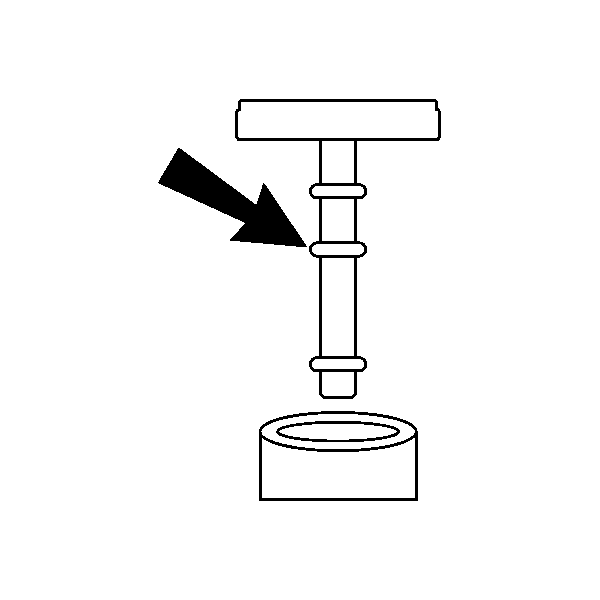
Important: Maintain the fluid level throughout the bleed procedure.
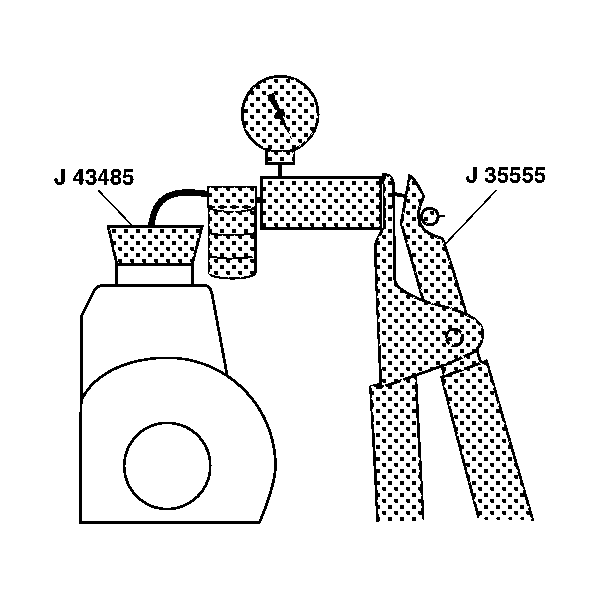
Typical vacuum drop is 7-10 kPa (2-3 in Hg). If the vacuum does not remain steady, refer to Excessive Vacuum Drop Diagnosis at the end of this procedure.
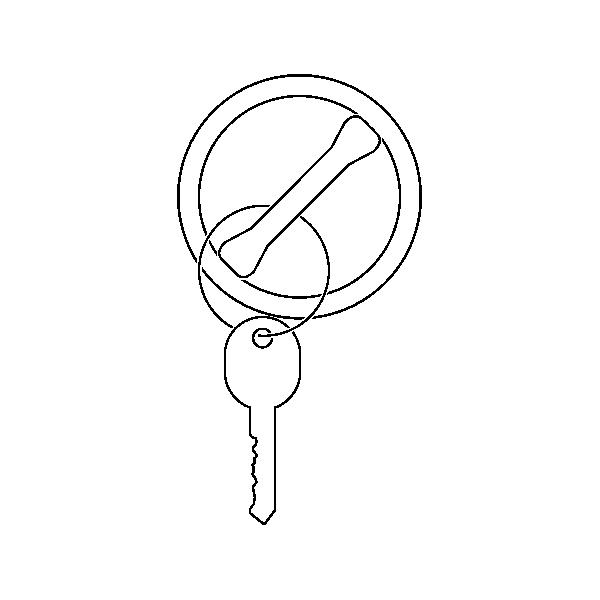

Important: Do not turn steering wheel to lock.
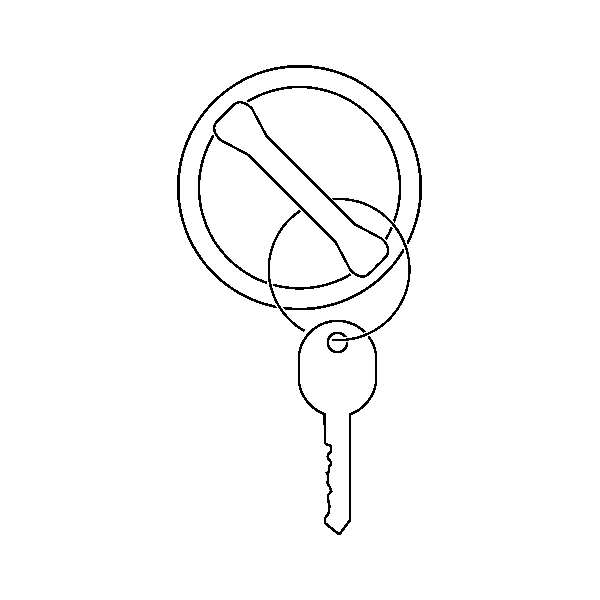



Excessive Vacuum Drop Diagnosis
Tools Required
| • | J 35555 Mity Vac |
| • | J 43485 Power Steering Bleed Adapter |
- If the vacuum continues to drop, remove the pressure and return hose from the pump.
- Install the plugs (1) (2) supplied with J 43485 into the pressure and return port.
- Attach J 43485 to J 35555 or equivalent.
- Place J 43485 on or in the pump reservoir filler neck.
- Apply a vacuum of 68 kPa (20 in Hg) maximum.
- If the vacuum drops again, repair or replace the pump. If the vacuum holds steady, continue to check the other parts of the steering system.
- Observe the fluid.
- If condition persists, replace the following parts:
- Repeat the bleed procedure from the beginning.
- Drive the vehicle approximately 16 kilometers (10 miles) to warm the system to operating temperature. Evaluate vehicle on a smooth flat surface.
- Verify the following conditions:


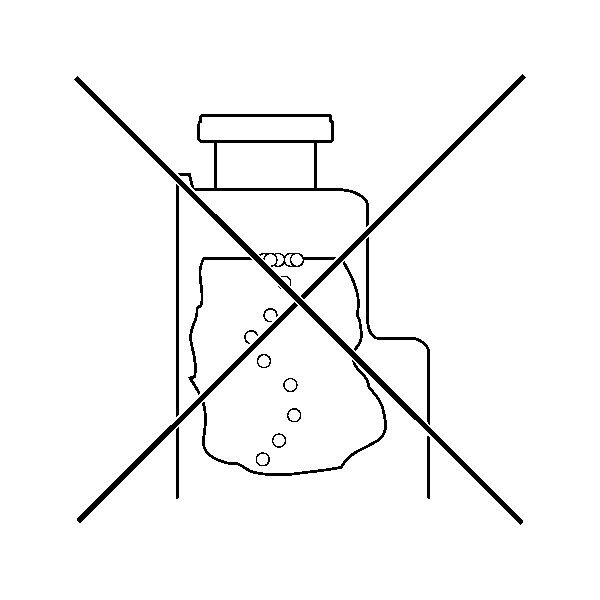
Important: Fluid must be free from bubbles and foam. Be aware of periodic bubbles that indicate a loose connection or leaking O-ring seal in the return hose or the pressure hose.
Fluid must be free from discoloration.| • | The return hose clamps |
| • | The return hose O-rings |
| • | The pressure hose O-rings |
| • | The gear cylinder line O-rings |
| • | The reservoir to pump O-ring |
| • | There is smooth power assist. |
| • | The vehicle operates quietly. |
| • | The pump maintains the proper fluid level. |
| • | There is no leaking in the steering system. |
| • | The fluid is free of foam or discoloration. |
